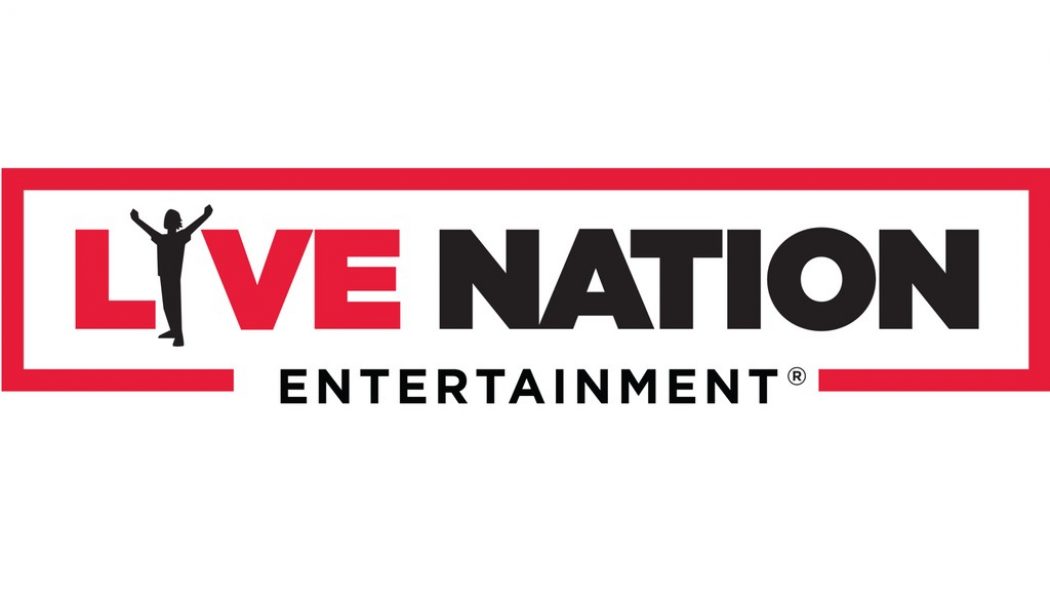
Live Nation has secured financial breathing room by securing favorable changes to its debt covenants ahead of its second-quarter earnings release on Aug. 5.
Although covenants are standard requirements meant to protect the lender from a default, and manageable under normal circumstances, they can be impossible to achieve when a pandemic has crippled many types of businesses, especially live entertainment.
The latest example of music companies shoring up debt and credit to weather COVID-19, Live Nation’s covenant revisions provide “additional financial flexibility,” CEO Michael Rapino said in a July 31 press release. That’s an understatement. The new covenants represent pandemic-era mathematical formulas that are critical for a company greatly affected by government safety measures. Music venues will be among the last businesses to reopen to full capacity. Aside from a small number of reduced capacity shows and one-off live streams, concerts are on hold until 2021 — and there’s still uncertainty about
The revised credit agreement replaces a standard “leverage ratio” — EBITDA divided by long-term debt — with liquidity requirements through Q4 2021, unless Live Nation elects to revert to the original covenant early. The liquidity covenant requires that Live Nation has $500 million of liquidity (the sum of cash, event-related deferred revenue up to $250 million, untapped amount in its $400 million term loan),
Prior to COVID-19, Live Nation was within its leverage ratio of 5.75:1.00 — meaning it had more than $1 of EBITDA for every $5.75 of long-term debt over the trailing four quarters. The ratio was supposed to tighten to 5.50:1.00 on Dec. 31, 2020 and 5.25:1.00 on Dec. 31, 2021, as detailed in the company’s 2019 annual report.
But during the pandemic and the concert business on standby, Live Nation could not possibly make the leverage ratio’s math work. With business on hold, EBITDA is bound to fall dramatically, sending the leverage ratio well above the 5.75-to-1 ratio.
The math is more forgiving when Live Nation switches from the liquidity requirements to the leverage ratio: starting at 6.75 to 1.00, the ratio declines in steps of 0.25 every four quarters until settling at 5.25 to 1.00 14 quarters later. Moreover, the new terms limit Live Nation from making investments or taking on additional debt.
Live Nation has already prepared for a challenging 2020 by added liquidity since suspending concerts on March 12. It added $120 million to its credit facility on April 9 and closed a $1.2-billion notes sale on May 20, raising its long-term debt to roughly $4.85 billion.
On May 25, Live Nation terminated its agreement to purchase a majority interest in Mexican promoter OCESA Entretenimiento for $480 million.










